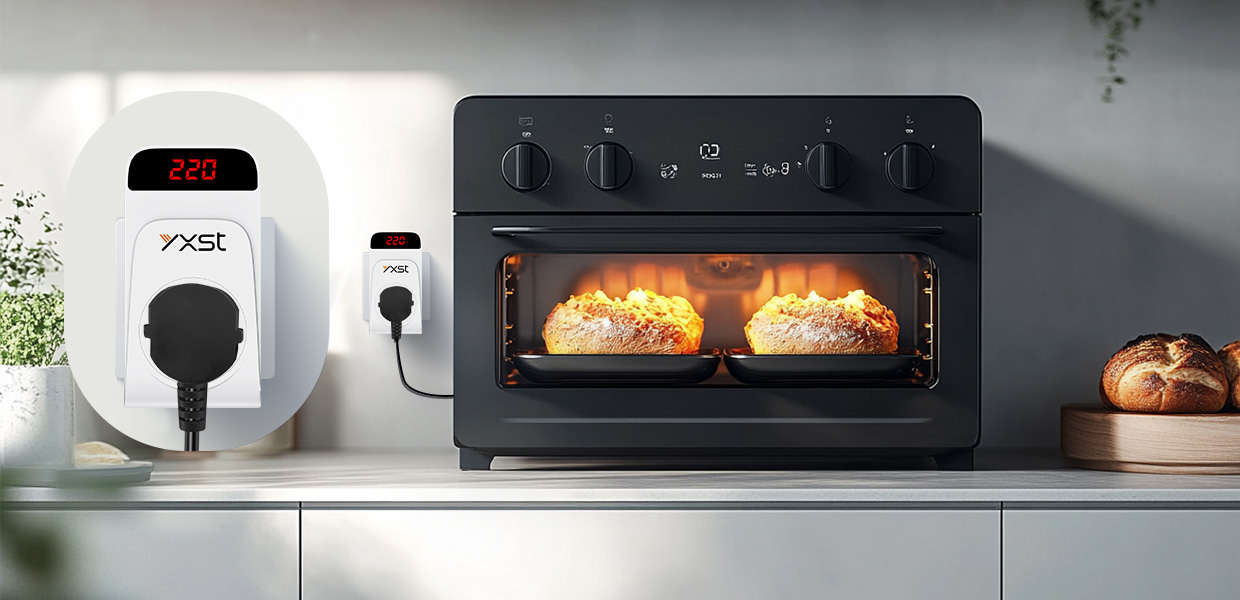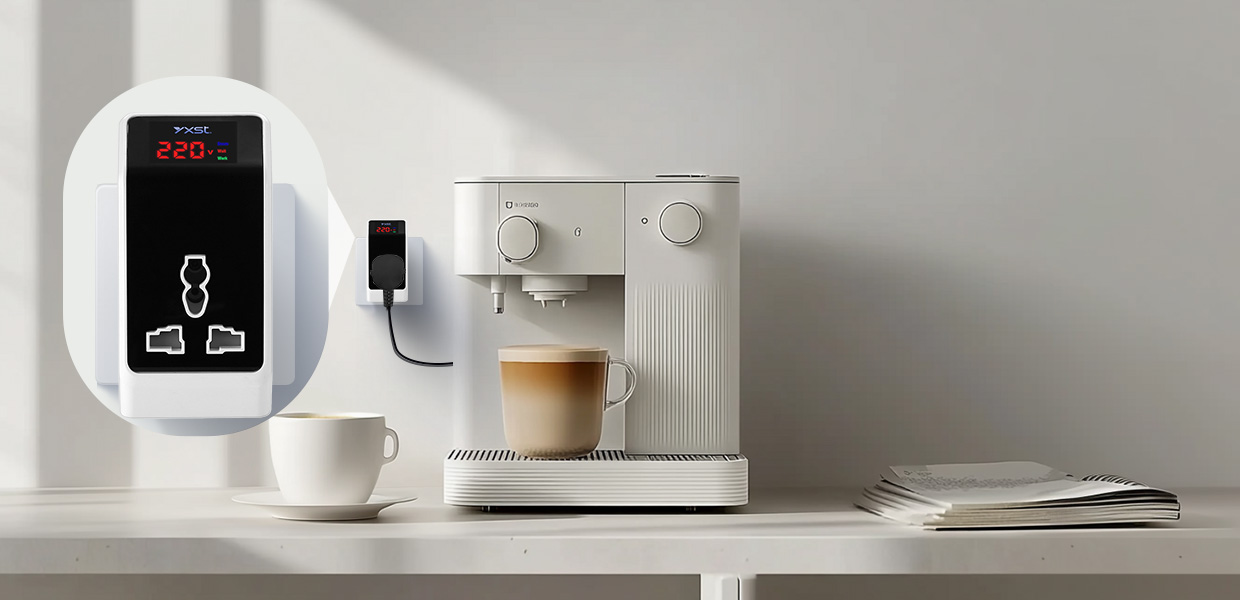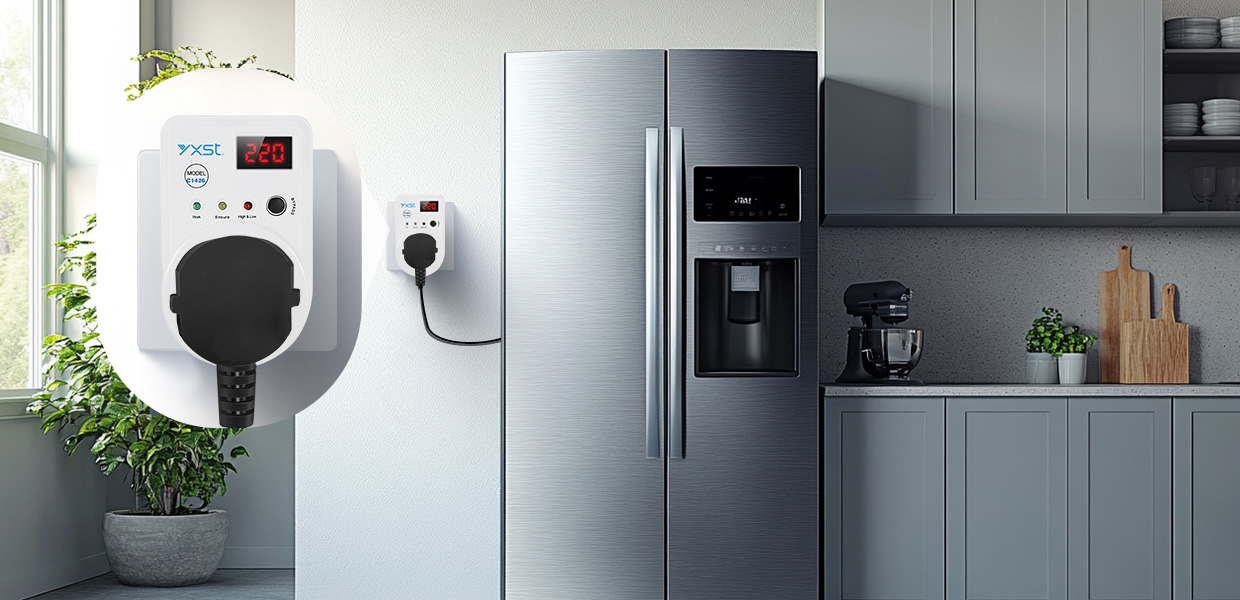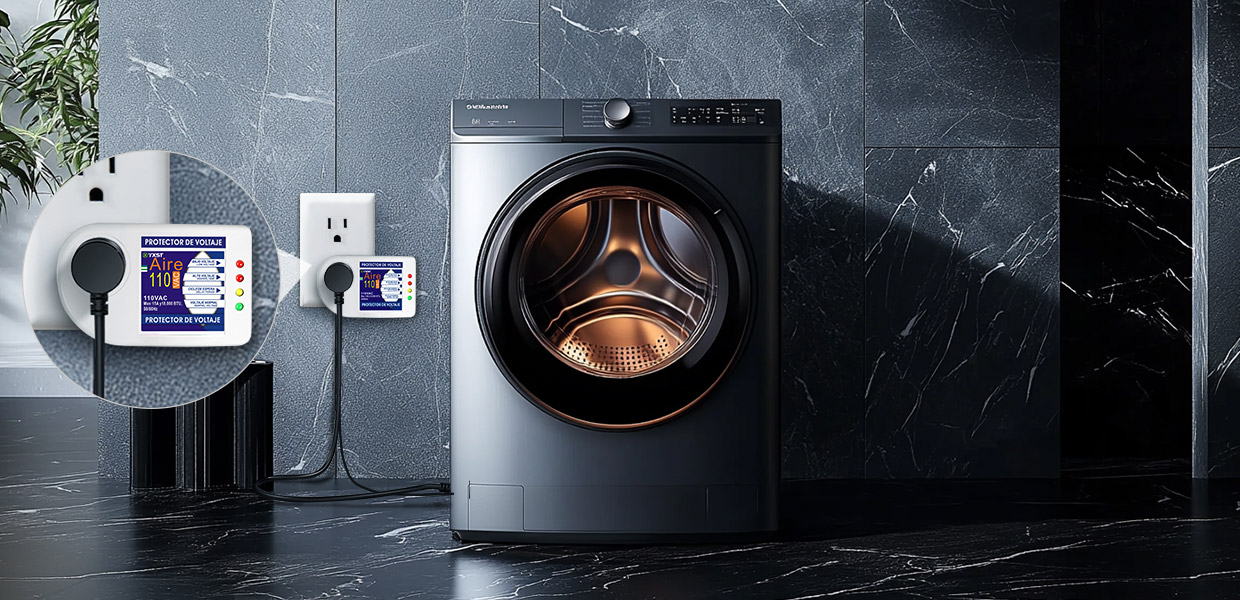Save Thousands on Repair: Must-Have Voltage Protector for Home
Date:2025-04-03 Click:566
In modern families, electrical appliances have become an indispensable partner in life - the coffee machine that wakes us up in the morning, the air conditioner that brings coolness in the hot summer, the refrigerator that stores food, and even the smart devices that connect the world, all rely on stable electricity to operate. However, behind this dependence are risks that are invisible to the naked eye: according to research, damage to electrical appliances caused by voltage fluctuations accounts for more than 37% of household power failures, and an unexpected lightning strike or power grid failure may cause economic losses of thousands of yuan. What is even more alarming is that this threat often comes quietly when people are unaware: the life of the refrigerator compressor is halved due to long-term undervoltage, the motherboard of the smart TV fails permanently due to instantaneous high voltage, and even fire hazards may occur due to overheating of the line. These seemingly distant risks are actually closely related to the safety of every family. With the popularization of high-value electrical appliances in modern homes (the total value of electrical appliances in a single household generally exceeds 100,000 yuan), voltage protection has evolved from a technical concept to a rigid need to protect the quality of daily life.
Why Your Home Needs a Voltage Protector
Modern households rely heavily on sensitive electronics and appliances, making voltage stability a critical factor for safety and device longevity. Voltage fluctuations – whether sudden spikes or prolonged drops – can silently damage refrigerators, air conditioners, televisions, and even smart home systems. A dedicated voltage protector for home acts as a vigilant guardian, automatically detecting anomalies in your electrical supply and taking immediate action to prevent harm.
The Hidden Dangers of Unstable Voltage
Most residential systems operate at 220V, with a safe range between 165V-265V. Beyond this range: - Overvoltage (above 165V): Causes overheating in motors and circuit boards, potentially melting insulation or triggering fires. Microwave transformers and AC compressors are particularly vulnerable. - Undervoltage (below 265V): Forces devices like refrigerators to draw excess current, accelerating wear on compressors and reducing efficiency by up to 30%. - Voltage surges: Lightning strikes or grid faults can create microsecond spikes exceeding 1,000V, instantly frying unprotected electronics.How Home Voltage Protectors Work
These devices employ advanced monitoring circuits to analyze voltage 50 times per second. When thresholds are breached: 1. Instant Disconnection: the protector isolates your appliances from dangerous voltage. 2. Automatic Recovery: After voltage normalizes, most models automatically reconnect after a 5/210 second delay, preventing damage from repeated fluctuations.3 Essential Protection Modes
1. Overvoltage Defense: Triggers at 264V±5V, shielding devices from prolonged high-voltage stress. 2. Undervoltage Response: Activates below 176V±5V to prevent motor burnout in cooling systems. 3. Surge Suppression: Absorbs transient spikes up to 20kA using metal oxide varistors, crucial for lightning-prone areas.
Choosing the Right Protector for Your Home
Consider these critical specifications:Load Capacity and Response Speed
- Match the protector’s amperage to your home’s peak load: - 32A models suit apartments with ≤5kW loads - 63A units handle villas with 10kW+ systemsSmart Features for Modern Homes
- Real-time voltage displays: LCD screens showing live voltage help diagnose grid issues - Adjustable thresholds: Customize activation points (e.g., 250V ceiling for wine cooler protection) - Self-test buttons: Monthly diagnostics ensure reliability.





